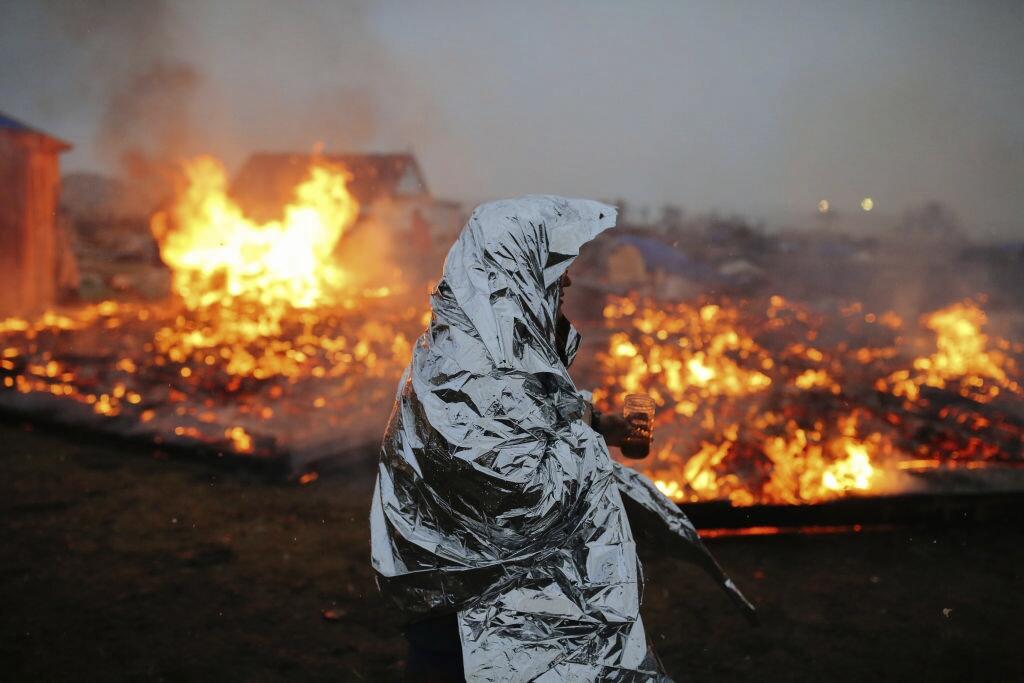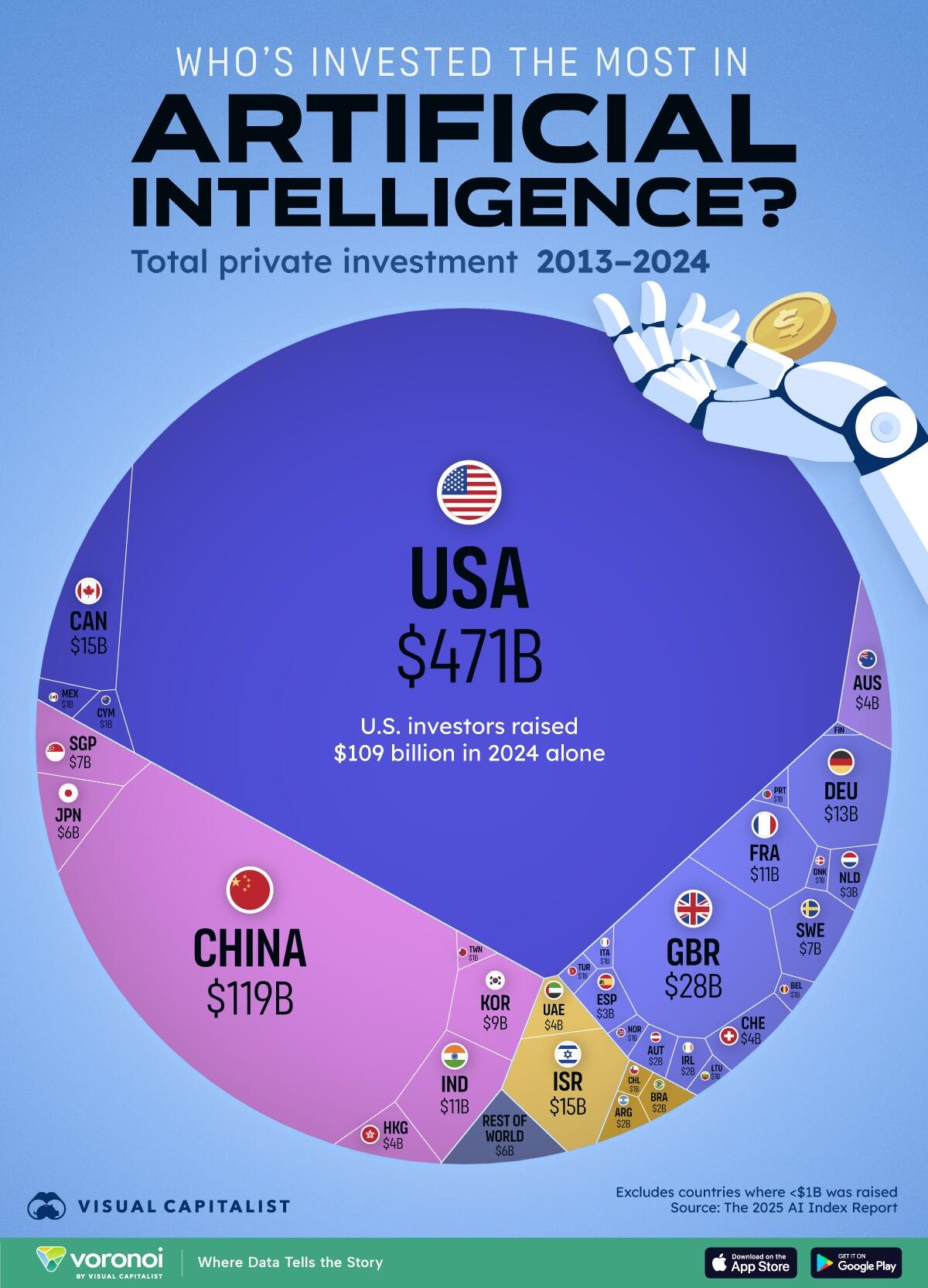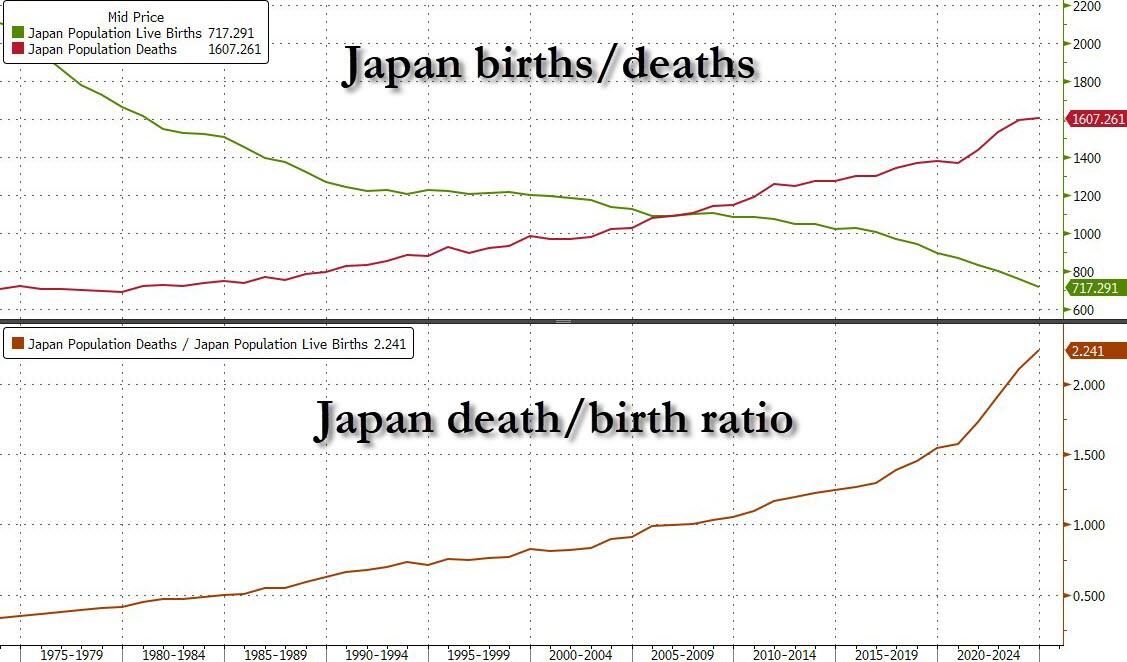Are we really going to reopen this can of worms?
Of course building 7 was pulled down. Just looking at the video. it is obvious.
But then why? Could it be because a "control" room was located inside that building? And if there was a control room, what was it controlling?
The destruction of the Twin Towers? Could this explain why "rivers of liquid steel" were flowing in the basement? (According to the firemen). Why, "pilots" who could not fly a Cessna succeeded in flying jet-liners in a trajectory that the best pilots would have found difficult to execute? (According to United Pilots). Why, the towers fell in free-fall although thick pillars should have slowed down the dynamics of the fall closer to the ground? (According to thousands of architects who requested a thorough analysis of the event but were denied).
And why were the investors paid twice by an insurance contracted weeks before the event? Why were fighter jets sent on errants over the Atlantic by the office of Dick Cheney instead of being directed to the high-jacked airliners?
The list of questions is so long and the number of coincidences so large that statistically, the thesis of a conspiracy is not only hard to avoid but actually pass the Ockam Razor test.
But then again, if you believe in such a terrible, in your face conspiracy, set up to implement the "War on Terror" with a well concocted plan meticulously implemented long in advance, then you may also believe that Covid-19 was indeed developed in a lab as a "gain of function" exercise and other such conspiracies, and before long, you may realize that nothing of what you are told is really what it seems.
So, seriously, didn't anyone explained to this Senator that some skeletons should remain buried?
Sen. Ron Johnson (R-WI) is raising eyebrows after revealing on Benny Johnson’s conservative podcast that he’s pushing for a congressional hearing to examine the September 11, 2001, terrorist attacks on the Twin Towers.
Johnson, who serves on the the Senate Permanent Subcommittee on Investigations, raised questions about the World Trade Center Building 7’s collapse, saying the documentary film, Calling Out Bravo 7 has sparked “an awful lot of questions.”
Senator Ron Johnson drops BOMBSHELL:
— Benny Johnson (@bennyjohnson) April 21, 2025
Tells us that 9/11 Hearings are being planned, Building 7 was potentially a "Controlled Demolition"
“Structural Engineers say that thing didn't come down in any other way than controlled demolition. Molten steel. Destruction of evidence. We… pic.twitter.com/aBQzCakll7
“Well, start with Building 7,” Sen. Johnson told Johnson. “Again, I don’t know if you can find structural engineers other than the ones that have the corrupt investigations like NIST that would say that that thing didn’t come down in any other way than a controlled demolition.”
“Who ordered the removal and the destruction of all that evidence? Totally contrary to any other firefighting investigation procedures. I mean, who ordered that? Who is in charge? I think there’s some basic information. Where’s all the documentation from the NIST investigation?” the Wisconsin lawmaker continued.
“Now, there are a host of questions that I want and I will be asking, quite honestly, now that my eyes have been opened up,” he added.
BUILDING #7 FLASHES AT THE TIME OF COLLAPSE — CONTROLLED DEMOLITION ?
— The_Real_Fly (@The_Real_Fly) September 11, 2023
pic.twitter.com/NU0Na0eOVs
Johnson said he plans to work with former Rep. Curt Weldon (R-PA), who recently appeared on Tucker Carlson’s podcast to discuss 9/11, “to expose what he’s willing to expose.”
Rep. Curt Weldon Tried to Prevent 9-11, and The U.S. Government Shut Him Down pic.twitter.com/5vAzCT4lQJ
— Tucker Carlson Network (@TCNetwork) April 15, 2025
The senator’s comments prompted Johnson to ask: “So we may actually see hearings about this?”
“I think so,” the senator replied while referencing previous efforts to obtain unredacted FBI files on behalf of 9/11 families.
“We want to get those answers, those documents for the families,” the lawmaker replied. “Hopefully, now with this administration, we can find out what is being covered up.”
Sen. Johnson expressed optimism that the Trump administration will authorize the release of 9/11-related documents, despite prior unsuccessful efforts to declassify them.
“We want those made available in terms of what happened. What did the FBI know that happened? So we had engaged with that. It was on a bipartisan basis. We wanted to get those answers, those documents for the families,” Sen. Johnson said. “Again, we didn’t get squat from the FBI. So hopefully now with this administration, I think President Trump should have some interests being a New Yorker himself.”
“What actually happened in 9/11? What do we know? What is being covered up? My guess is there’s an awful lot being covered up in terms of what the American government knows about 9/11,” he added.
Very interesting to say the least...












